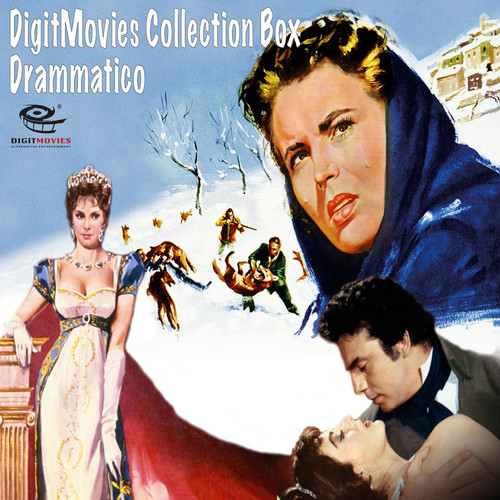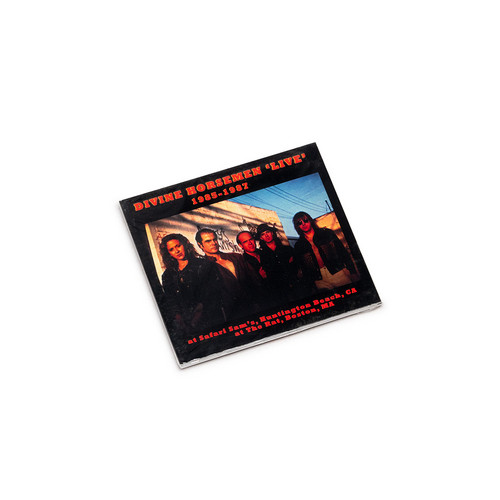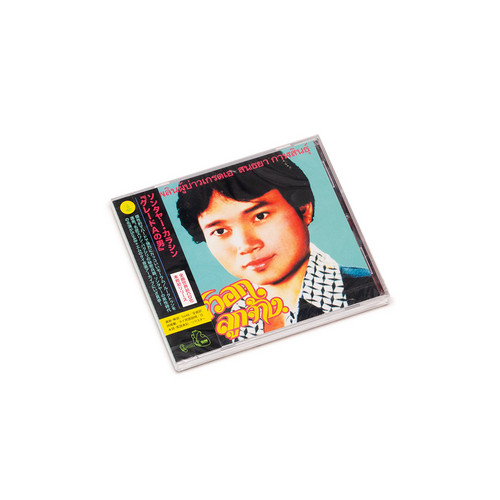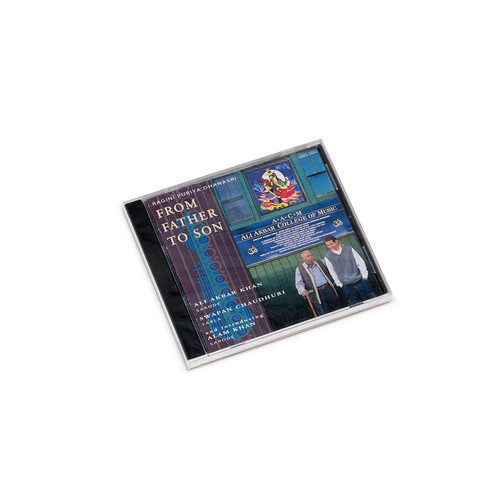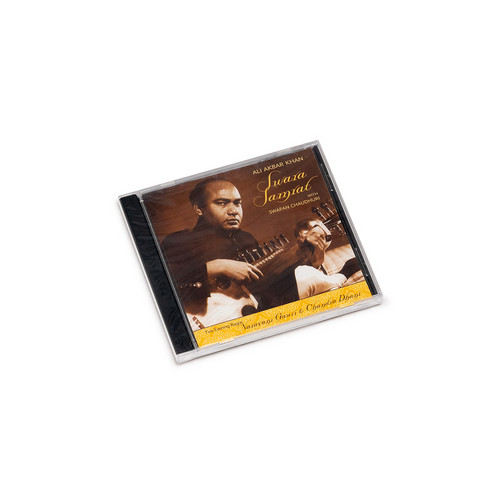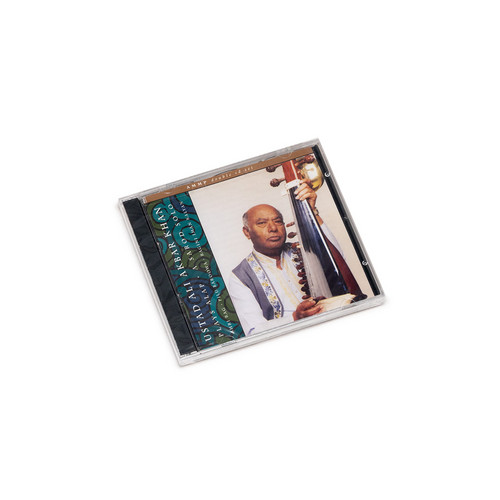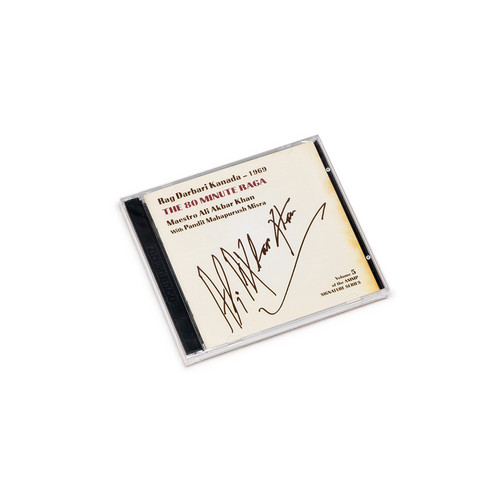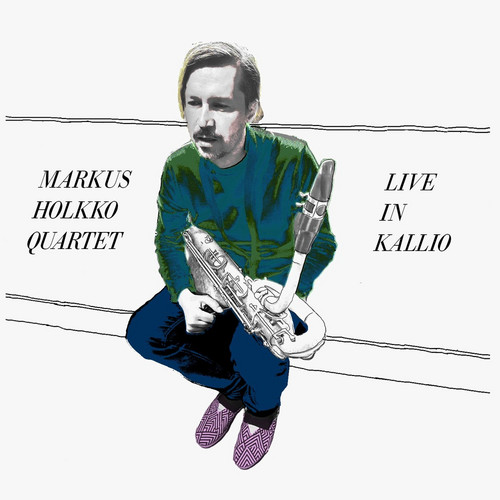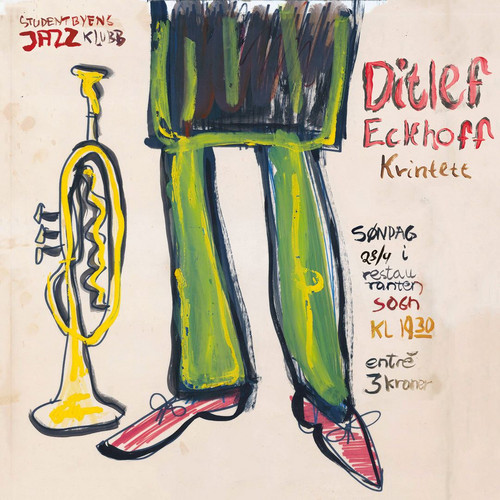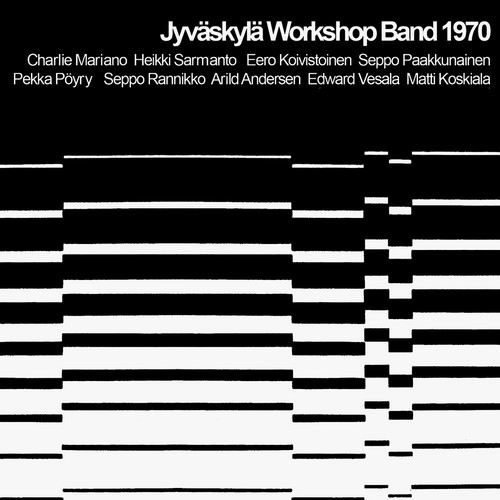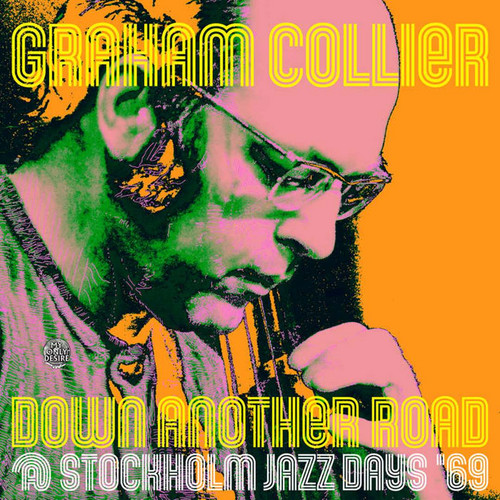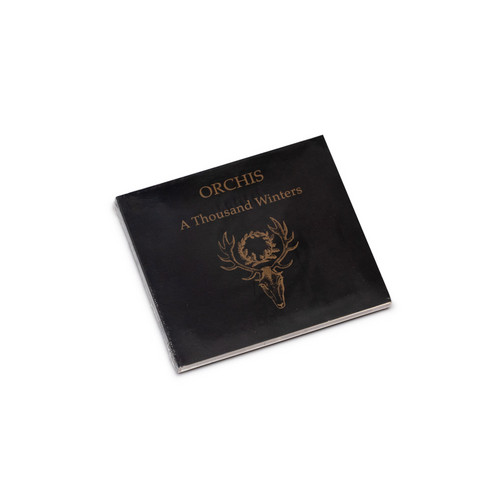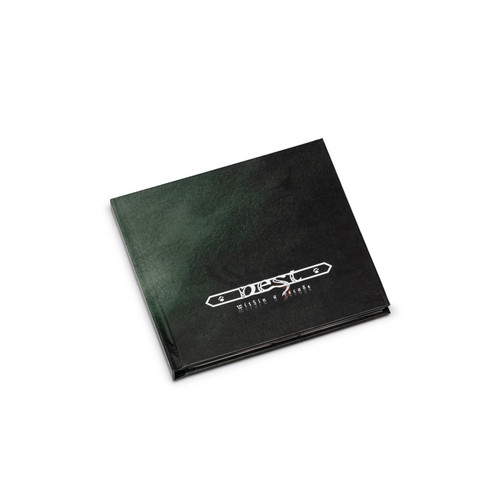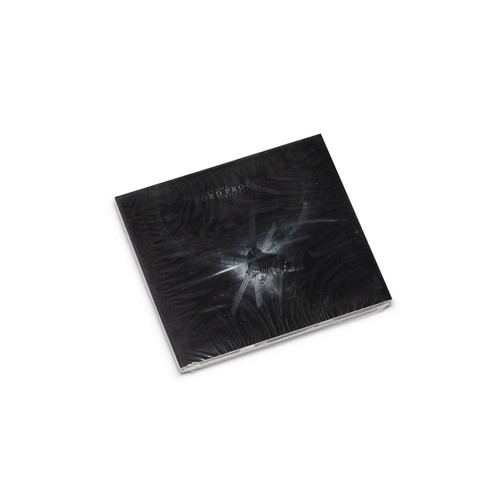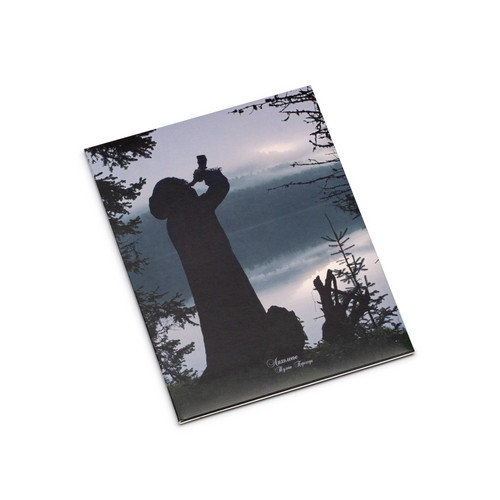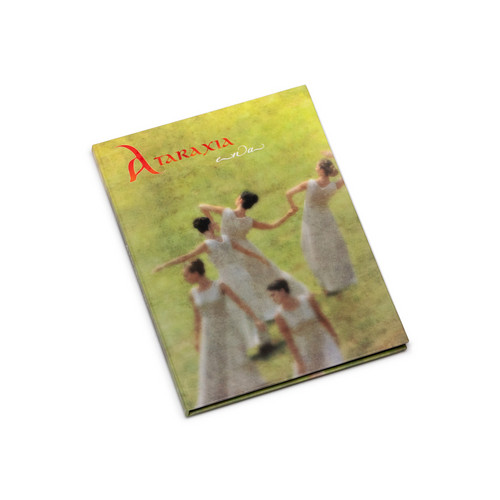Reissues
Digitmovies Collection Box - Drammatico
Angelo F. Lavagnino – Venere Imperiale
Digitmovies is proud to present on a double CD set (which opens the brand new deluxe digipack series) the complete OST by Angelo F. Lavagnino for the movie “Venere imperiale” (aka “Imperial Venus”) directed in 1…
'Live' 1985-1987
*2025 stock* 17 songs from back in our (first :) heyday. Re-mastered and fresh-sounding. If you’ve been a longtime Divine Horsemen fan, you will really dig this. Coming out also in limited CD edition on Feeding Tube Records, distributed by Forced Exp…
Grade A Guy
*2025 stock* Sonthaya Kalasin was the male lead singer in in the molam section of legendary producer/impresario Surin Phaksiri's beloved musical troupe Thidso Lam Phloen; his female counterpart was Phairin Phonphibun (EM1147CD/LP). These recordings, …
From Father to Son (Ragini Puriya Dhanasri)
*2025 stock* Ali Akbar Khan, the legendary sarod virtuoso, Swapan Chaudhuri, the distinguished tabla maestro, and Alam Khan, the gifted sarod player and disciple, join forces in an extraordinary tribute titled From Father to Son (Ragini Puriya Dhanas…
Swara Samrat
*2025 stock* The master of Hindustani classical music, Ali Akbar Khan, unveils Swara Samrat, a unique and captivating album that showcases his extraordinary talent on the sarod, a traditional lute-like instrument from Northern India. This album featu…
Plays Alap - A Sarod Solo
*2025 stock* Ustad Ali Akbar Khan's "Plays Alap - A Sarod Solo" CD, released in 1997, offers an exquisite journey into the heart of Indian classical music through the profound solo sarod performance of the legendary maestro. This album presents the a…
Rag Darbari Kanada - 1969 (The 80 Minute Raga)
*2025 stock* Experience the timeless artistry of Maestro Ali Akbar Khan, the legendary sarod virtuoso, in collaboration with the eminent tabla maestro Pandit Mahapurush Misra in the iconic recording "Rag Darbari Kanada - 1969 (The 80 Minute Raga)." O…
The Jewels Of Maihar
*2025 stock* The Jewels Of Maihar is a captivating album by the legendary sarod maestro Ali Akbar Khan, originally recorded in the 1960s-70s and released in 1995. It features classical Indian ragas Darbari Todi and Bhupali Todi, celebrated for their …
Live in Kallio
On Live in Kallio, Markus Holkko Quartet turns a Helsinki neighborhood into a pressure chamber of color and rhythm, blending proggy contours, retro-fusion heat and modern Nordic lyricism into long-form live explorations that feel both heady and immed…
Live At Sogn Student Campus 1968
On Live At Sogn Student Campus 1968, Ditlef Eckhoff Quintet captures Oslo’s student underground at full boil: hard-bop heads splinter into early freebag squalls while Knut Riisnæs and Christian Reim drive the frontline with nervy, melodic fire, turni…
Jyväskylä Workshop Band 1970
A previously unissued post-bop document from 1970, Jyväskylä Workshop Band 1970 assembles American saxophonist Charlie Mariano, Norwegian bassist Arild Andersen and Finnish luminaries Heikki Sarmanto, Eero Koivistoinen, Paroni Paakkunainen, Seppo Ran…
Big Band Harriott
Big Band Harriott finds Michael Garrick scaling Joe Harriott’s music up to a roaring jazz orchestra, preserving the original’s sharp lines and Caribbean-inflected bite while opening them into rich new voicings, long arcs of tension and release, and s…
Down Another Road
Down Another Road @ Stockholm Jazz Days '69 catches Graham Collier’s sextet in full flight, turning a cornerstone studio album into a raw, expansive live ritual where luminous themes, tough grooves and free-leaning episodes collide, sketching British…
A Thousand Winters
Orchis is an English Dark/Acid Folk band consisting of Tracy Jeffery (who also sings with Cunnan and J Greco's SQE), Amanda Prouten and Alan Trench (Cunnan, SQE, Twelve Thousand Days(with Martyn Bates), Temple Music). We have so far managed to releas…
Within A Decade
Finnish Neofolk / Ambient project Nest by Aslak Tolonen and Timo Saxell, well known far beyond the mentioned genres. Every connoisseur Agalloch, remembers beautiful split Agalloch / Nest from 2004 , which is literally killing its brevity, fans Skepti…
Vertigo De Lodo Y Miel
Mexican duo Ford Proco with their famous and long-time sold out album "Vertigo De Lodo Y Miel". Reissue will be avalaible via Infinite Fog Productions since 12.12.2016. Ford Proco, an act considered highly influential in Mexico’s industrial electroni…
In Riot We Trust
Anti-sexist rumblings from mr. Putin's favorite riot squad! CD edition! Limited to 300 copies.
The Fog Of Transition
This album was inspired by some of my short trips, incursions to the lake Teletskoye (Altyn Kӧl - Golden Lake) in the Altai Mountains. Of all the indescribable beauty, what impressed me most was a fog flowing with streams down the wooded hills and cl…
Ena
Ena (one = unity in Greek) is our musical contribution to overcome duality, conflicts and separation trying to go towards a resonant, open-hearted attitude. What we seed in our life, in others’ lives, on the earth is what we receive. We are One, sepa…
Prophetia
The very first tape Prophetia (1990) released on CD by Infinite Fog Productions. To celebrate this album, in 2017 Ataraxia have recorded three exclusive tracks (written in 1989/1992) never released before. These old but new tracks keep the spirit of …
